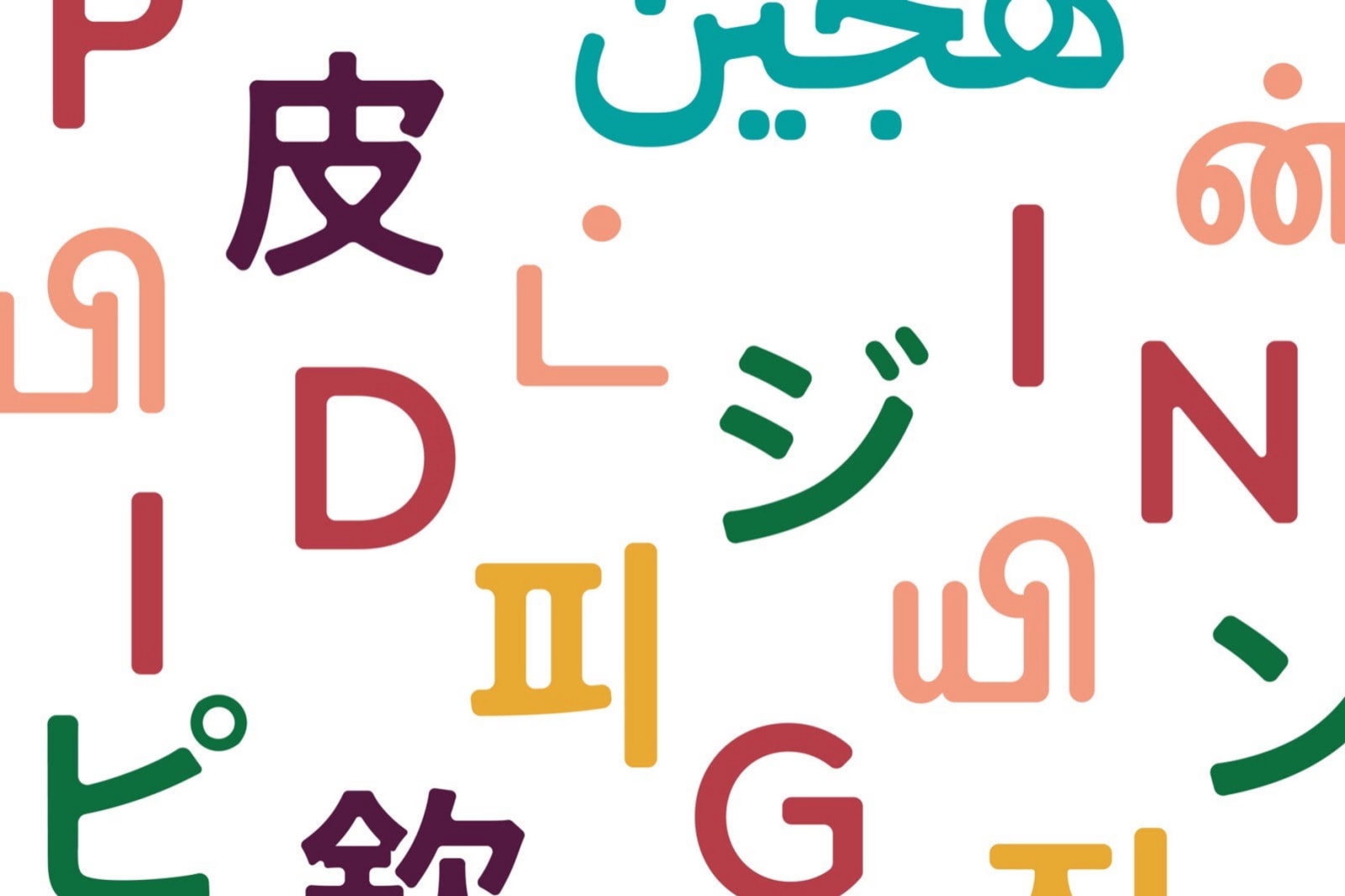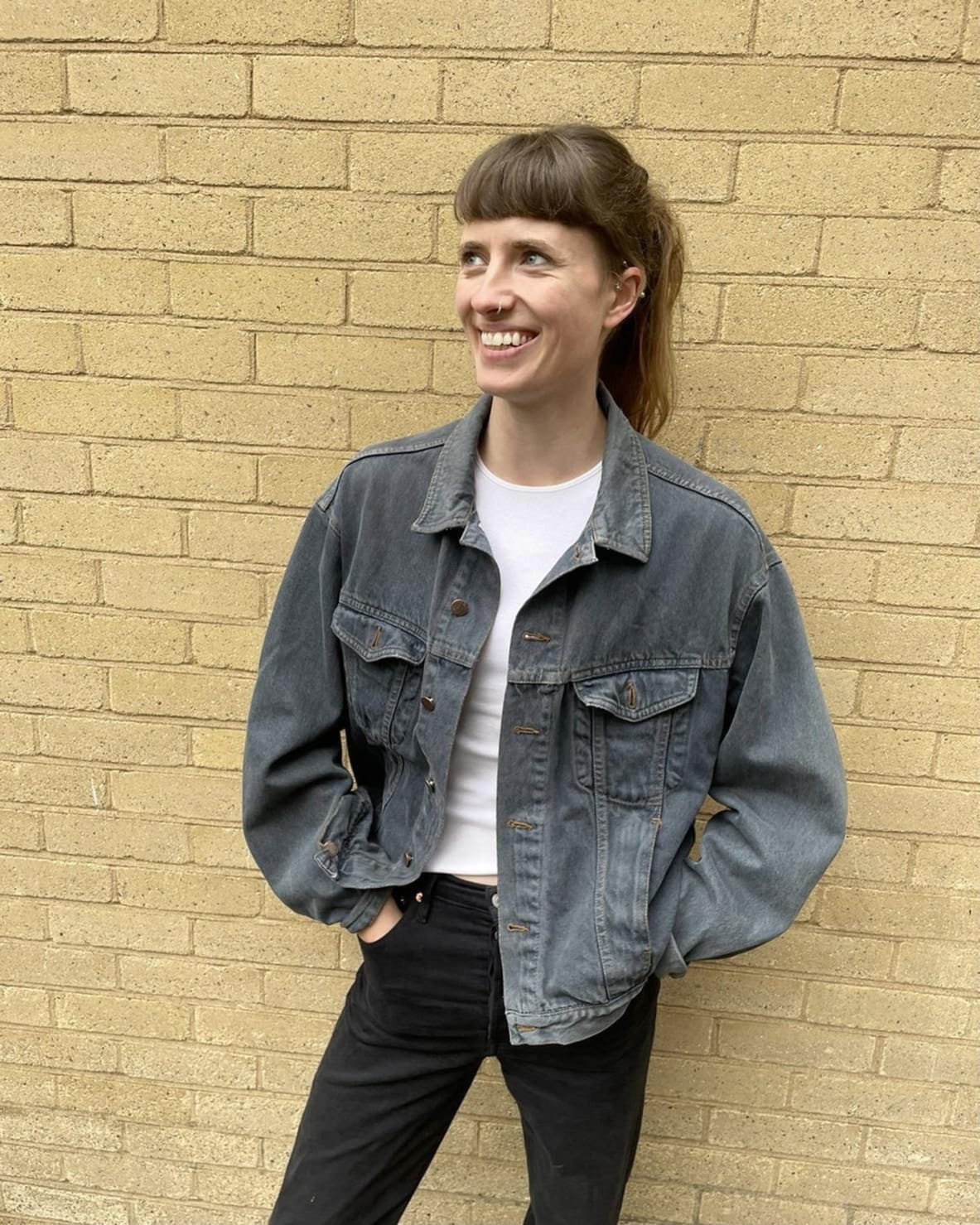Pidgin
Focusing on the notion of community in relation to multilingualism in the urban context of London, the project explores different ways of communicating that transcend linguistic barriers among those for whom English is not a first language. How can we stimulate critical thinking to reimagine inclusive forms of communication that operate beyond conventional linguistic modalities?
The project proposal – developed from an initial response to a brief from Chisenhale Gallery – explores multilingualism through the notion of ‘pidgin’ in the context of an English-speaking art school, where the use of language is highly complex. Pidgin, a term born out of the gap that often occurs in translation, presents a situation in which a way of communicating emerges organically among people speaking different languages. Challenging the predominantly monolingual culture within the Royal College of Art, Pidgin offers a way to think and speak about art critically while foregrounding the cultural diversity of the community that inhabits this international institution. How can we pidginise and decentre International Art English, and multilingualise the art school?
Artists and creative practitioners including Yu-Ting Chung and Divya Sharma are invited to explore this question with us through printed matter and ephemera, quintessential forms of visual communication. Comprising a zine-making workshop and a public-facing display, the project questions how multilingualism can be activated in the current system of art education, and how linguistic barriers can be transcended to envision a linguistically diverse community of students.
Pidgin was co-curated by students from the Royal College of Art MA Curating Contemporary Art, Annabel Miller, Kun Sun, Michela Prencipe, Miranda Hill, Yizhi Zhang, Wenxi Liao.
In collaboration with Yu-Ting Chung, Beatrix Pang and Divya Sharma.




